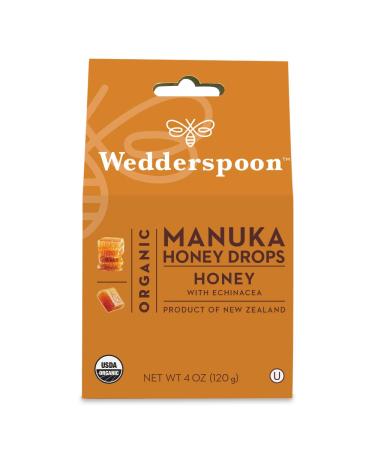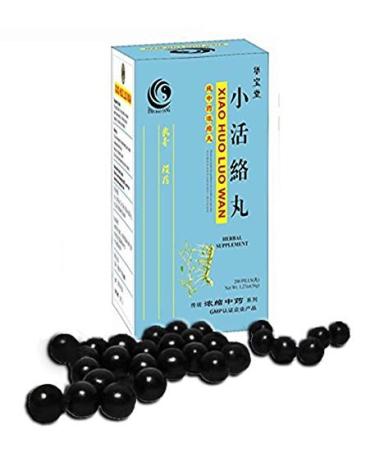It's no exaggeration to say that koji is pure magic. To understand the flavor potential koji offers, you only need to taste a little. Koji is rice, barley, or any other grain inoculated with Aspergillus Oryzae, a type of mold that grows on cooked grains in warm, moist environments.
As fungal cells multiply, hyphae form a network known as mycelium on the grain. What begins as a few white hairs develops over two days into a dense white layer that completely covers the grain. The resulting moldy grains are koji. After the first 24 hours, a heady aroma with aromas of passion fruit and apricot emerges. After 48 hours, koji rice has intensely sweet, fruity, and umami flavors. The chemicals responsible for koji's flavor and aroma digest the grains from the outside, and the koji uses these chemicals to nourish itself.
The enzymes produced by koji are amylase, protease, and lipase, which break down carbohydrates, proteins, and fats into their building blocks, respectively. Following this enzymatic process, starches, known as complex carbohydrates, are converted into sugar, or glucose. Proteins become amino acids, and proteases, in particular, create a rich umami flavor. Fats, on the other hand, are converted into aromatic fatty acids. Thanks to all of this, koji can be used in a wide variety of ways, in almost every culinary area.
Features
Heirloom Seed: Sarikilçik rice is one of the oldest rice varieties of Anatolia. Its low starch content makes it suitable for koji production. It has a unique, rich flavor.
Still Fresh: We inoculated this rice with koji fungus for 48 hours, dried it to the peak of its enzymatic activity, and then processed it into flour for easy use. Because it is dried at low temperatures, its enzymes remain active throughout its shelf life.
Versatile Uses: Koji flour can be used in various proportions in baked goods, bread production, marinades, and curings. You can use koji flour to make amazake, shio koji, soy sauce, and miso. Protease enzymes work best at 35-40 C, and amylase enzymes at 60 C.
500gr













